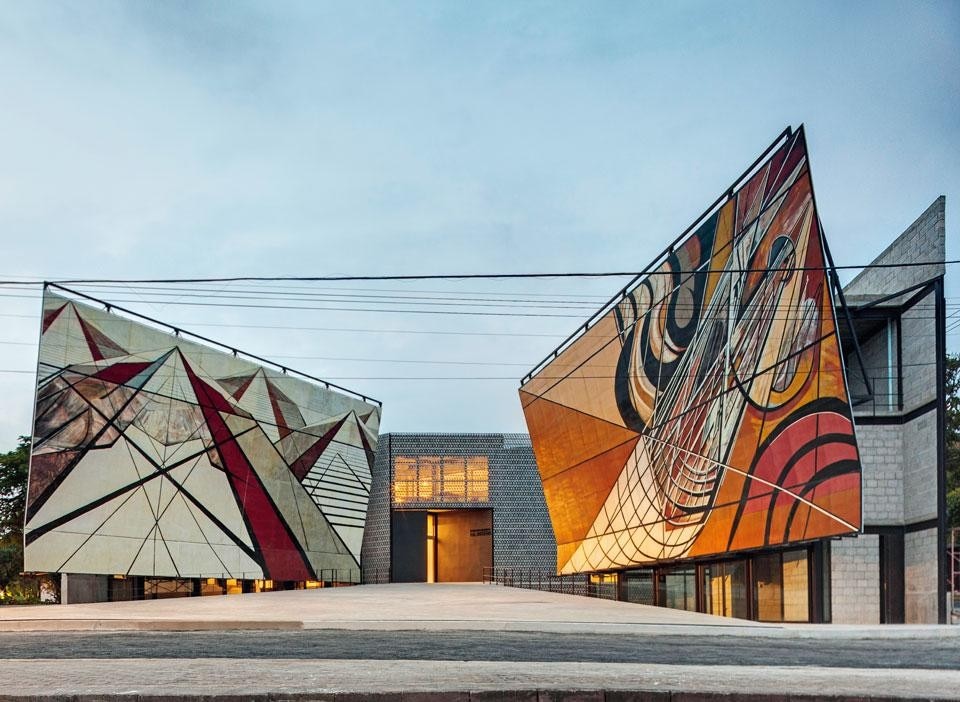Dissimulation is an activity very much like that of actors in the theatre, but the true actor surrenders himself to the role he is playing and embodies it fully, even though he sloughs it off again, like a snake its skin, when the final curtain comes down.
—Octavio Paz, "Máscaras mexicanas", in El laberinto de la soledad[1]
At first glance, the recently inaugurated La Tallera Siqueiros Museum, designed by Mexico City-based architect Frida Escobedo in Cuernavaca, Mexico, seems like a tribute to the country's past. The raw, pyramid-patterned concrete-block screen facade that masks its interior could be read as a salute to the distinct language of government-funded Mexican modernism — an architectural style that is deeply rooted in the country's collective imaginary. It could come across as a safe intervention meant to reiterate the ideals of the country's revolutionary past through its apparent "Mexican design". In other words, Frida Escobedo's La Tallera Siqueiros could be interpreted as a building that nostalgically clings to the country's history.
But there is something much more complex behind the building's "contextual" veil. What the new Tallera Siqueiros really represents is a transitional period in the production of contemporary Mexican culture; a new working strategy that is representative of a new generation of practitioners who disguise themselves in an attempt to radically break out of a legacy that no longer represents them.
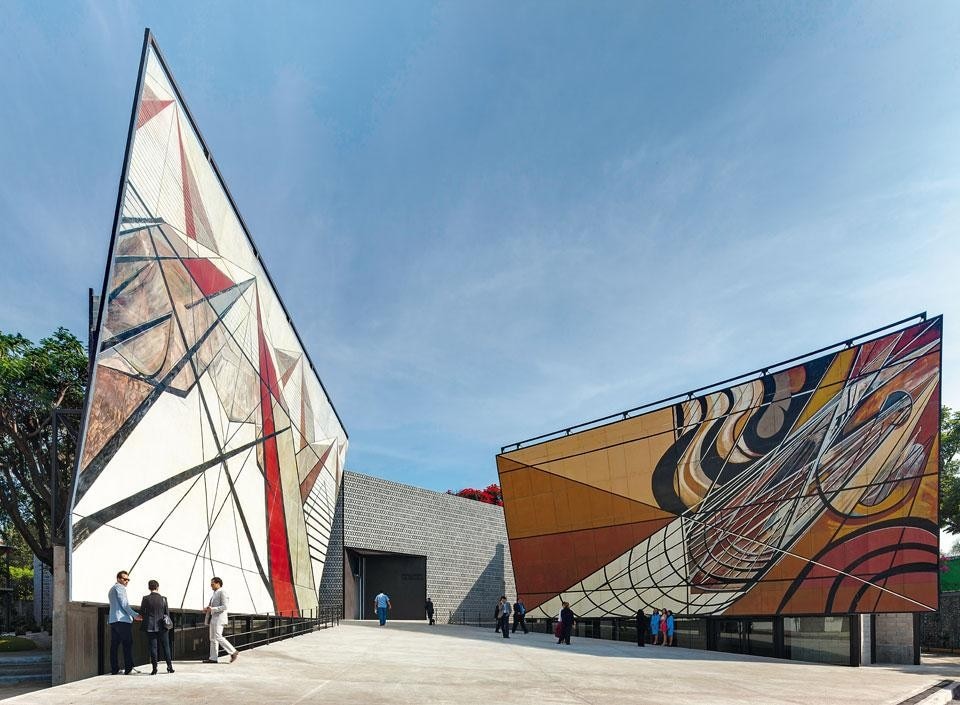
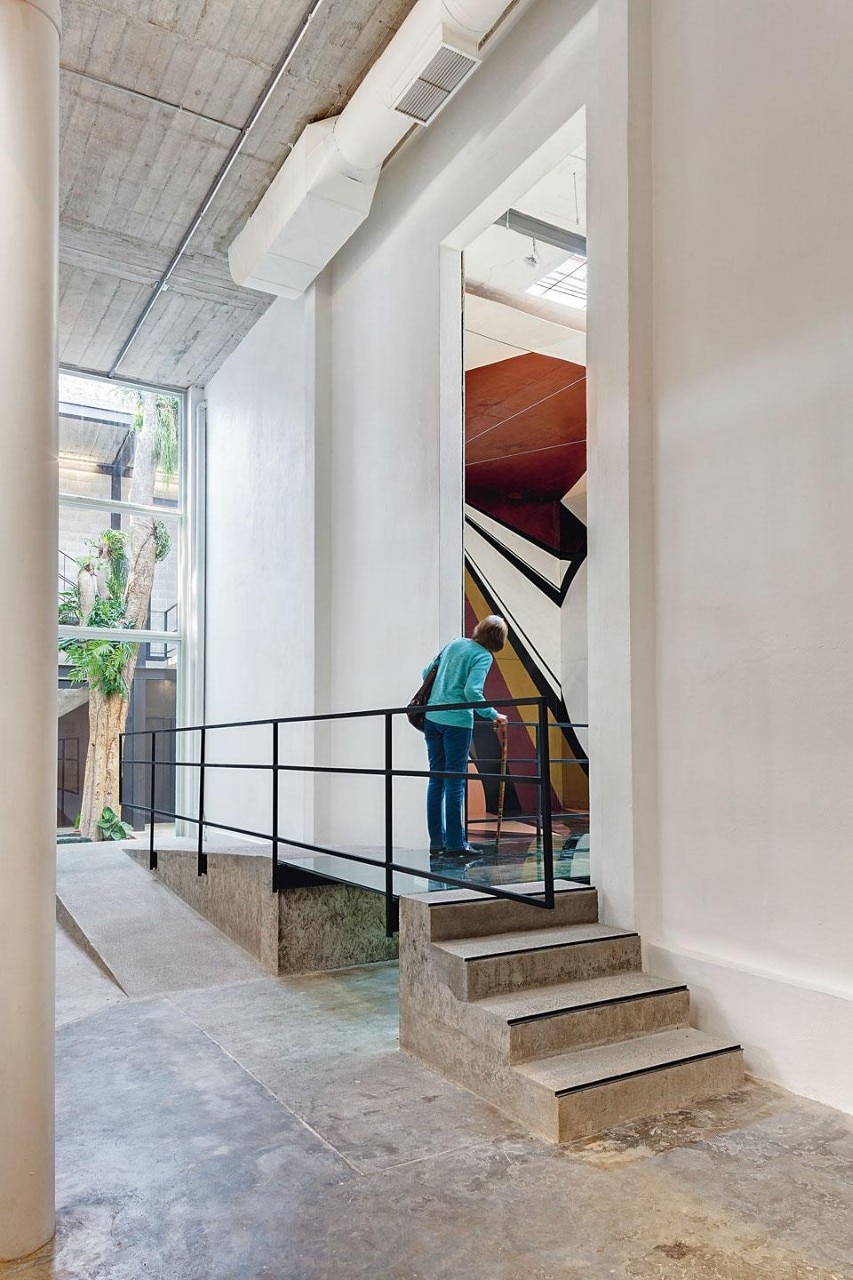
La Tallera Siqueiros Museum masks itself as modern to become contemporary
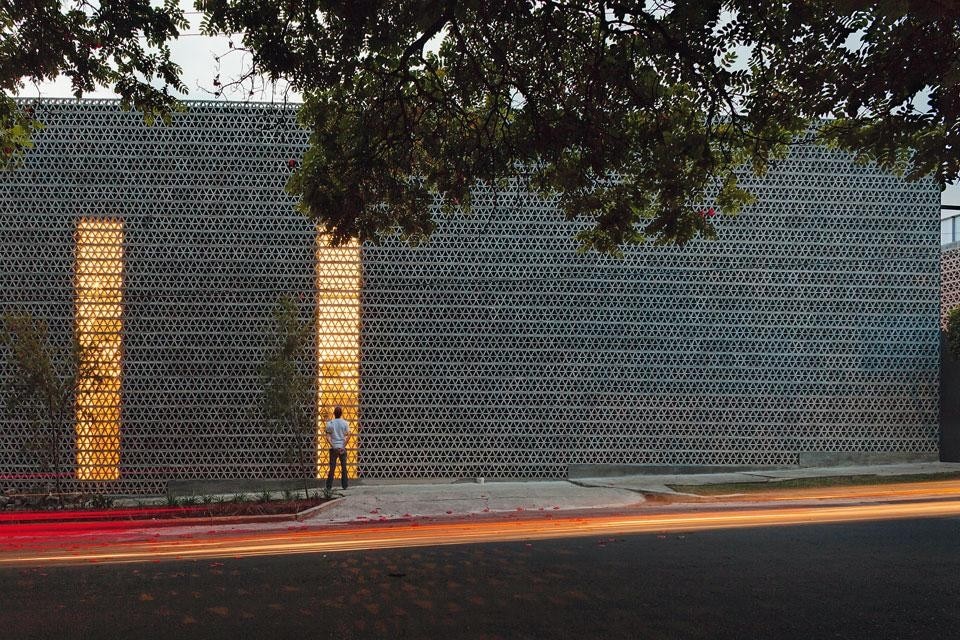
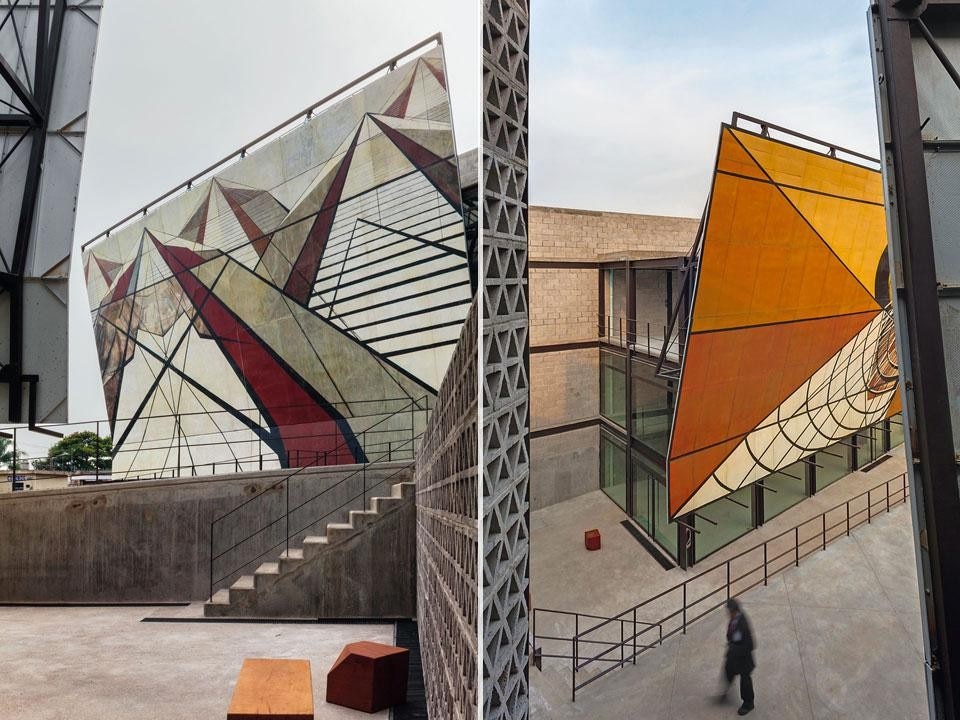
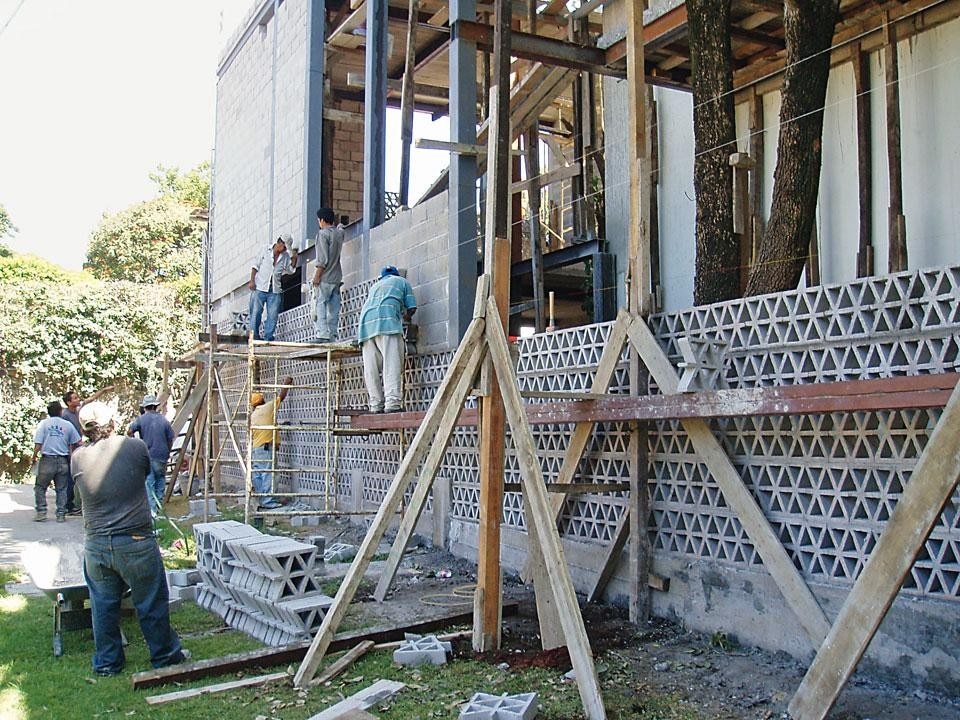
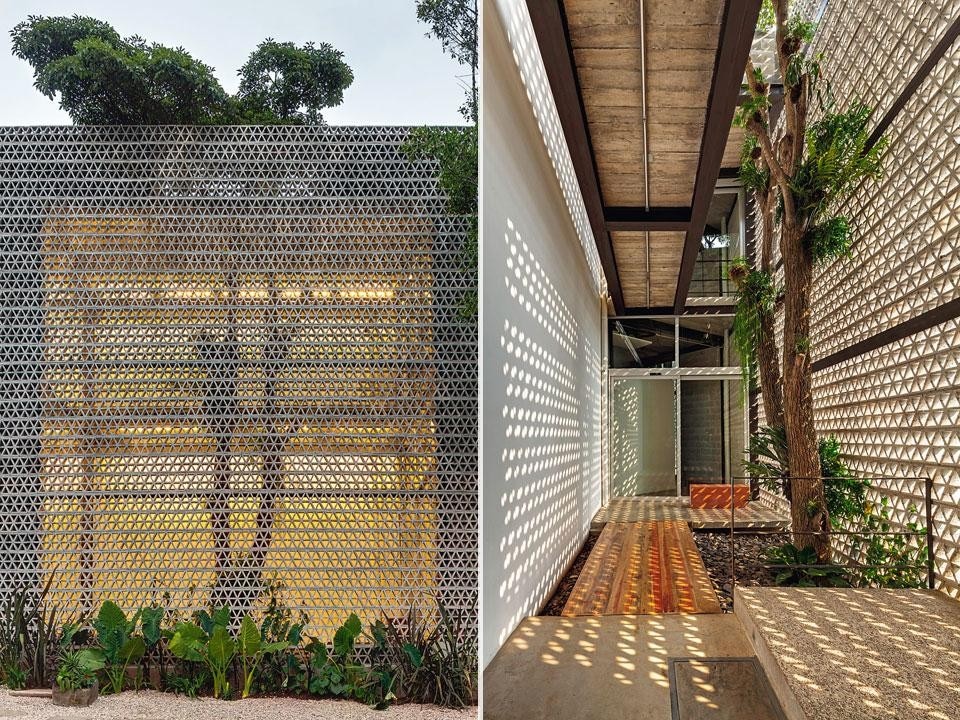
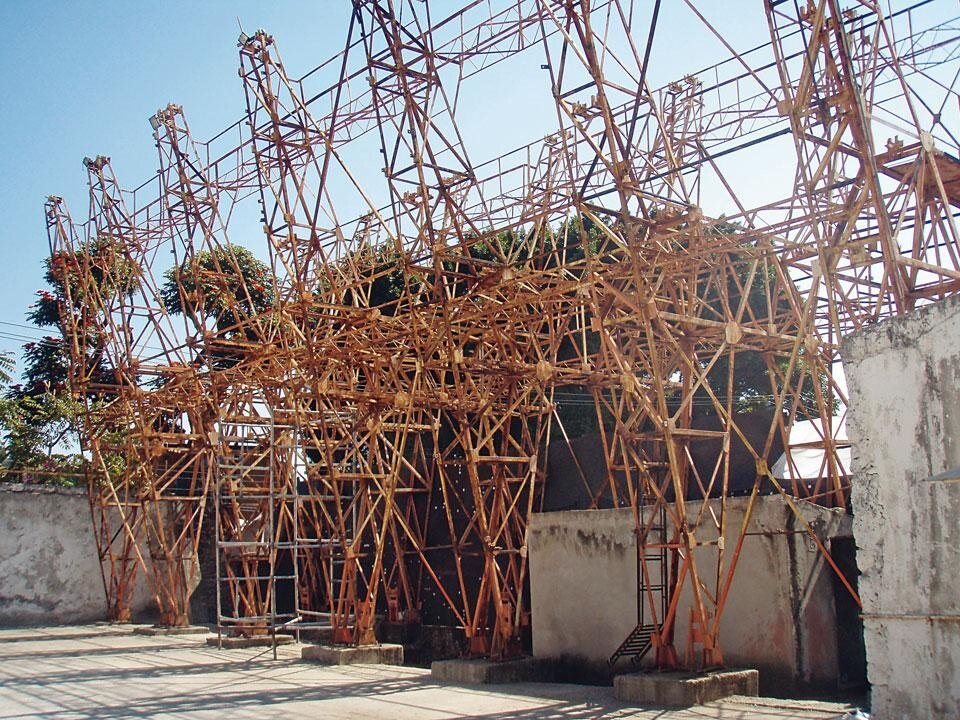
1. Octavio Paz, "Mexican Masks", in The Labyrinth of Solitude, Grove Press, New York 1985
2. According to the Sistema de Información Cultural's website
3. There were originally three large-scale murals — one of which faced the square — but only two of them were made available for use in the proposal due to lack of funds to restore the third


